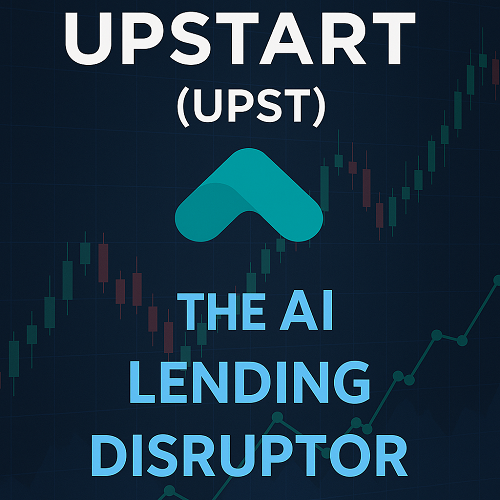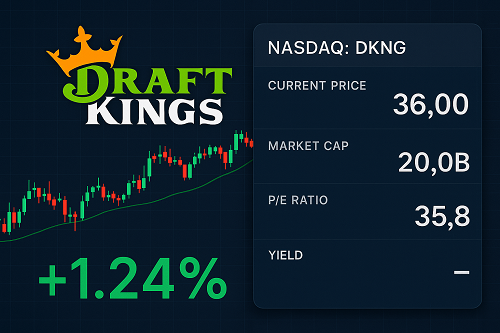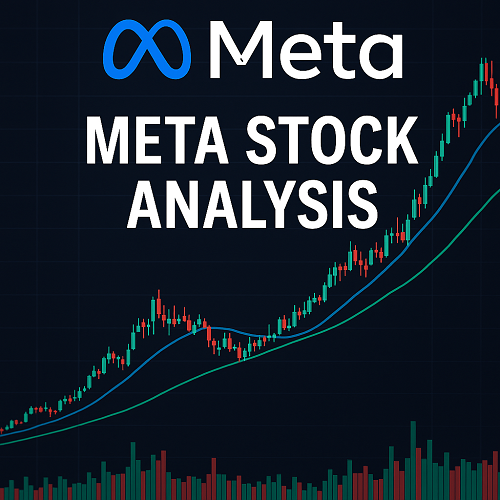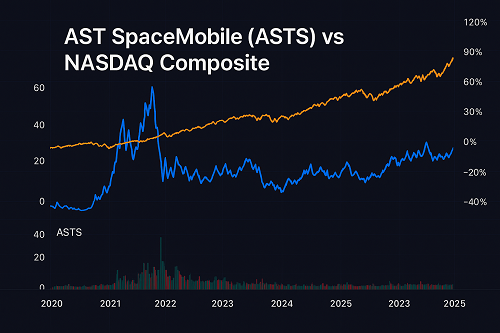Upstart Holdings, Inc. (ticker: UPST) is a U.S. fintech company whose business model centers on applying artificial‐intelligence and machine-learning algorithms to consumer lending. The core idea: improve access to credit (including those overlooked by traditional models) while reducing risk for banks and credit unions.
In recent quarters the company has shown signs of accelerating revenue growth and narrowing losses (even potential profitability), positioning UPST as a high-upside, high-risk play in the AI/fintech lending space.
This article will explore: business model, recent performance, competitive landscape, investment thesis, key risks, and what to watch going forward.
Company Overview & Business Model
Origins & Mission
Founded in 2012 by Dave Girouard (former Google Enterprise president), Paul Gu (Thiel Fellow) and Anna Counselman.
Headquartered in San Mateo, California, and employs roughly 1,200 people.
Their mission: Use non-traditional data (education, employment history) and AI modelling to better assess creditworthiness — reaching borrowers who may have weaker traditional credit metrics, while giving bank partners better risk/return.
2Products & Segments
As of recent filings, Upstart operates through multiple lending and platform segments:
- Personal loans: Unsecured consumer loans (typically $1,000-$50,000) with 3-5 year terms.
- Auto retail loans: Financing of vehicle purchases via dealership partners, leveraging Upstart’s AI models.
- Home equity / HELOCs & small-dollar loans: More recent expansions into home equity (secured by property) and small short-term loans.
- Platform / AI licence business: The core value proposition lies in the AI underwriting engine (“Model 22” in recent commentary) which Upstart claims offers better performance metrics (like stronger separation of good vs bad loans) and lower delinquency rates.
Business Model & Funding
Upstart primarily aggregates consumer loan demand, uses its underwriting engine, and then sells or funds loans (either on-balance-sheet or via third-party funding/warehouse lines/securitisation).
Key to their profitability is originations growth, effective underwriting/delinquency control, and capital/funding efficiency (i.e., reducing risk and leveraging third-party capital rather than holding large on-balance sheet exposure).
Recent Financial Performance & Key Metrics
Latest Quarterly Performance (Q2 2025)
In Q2 2025 (ended June 30), Upstart delivered revenue of ~US$257.29 million, representing ~101.6% year-over-year growth.
Earnings per share (EPS) came in at $0.36 — significantly better than negative EPS levels a year ago.
The company reported that auto loan originations grew 87% sequentially, home loan originations grew 67%, and small-dollar grew ~40%.
Upstart also reported that its “Model 22” upgrade improved conversion rates from 19% → 24%, and improved separation accuracy by 17 percentage points versus benchmark, reducing projected delinquency by 20-32%.
Guidance and Full-Year Outlook
Upstart guided Q3 2025 revenue of ~US$280 million, contribution margin of ~58%, and GAAP net income of ~US$9 million, under a stable macro outlook. Full year revenue expected at ~$1.055 billion.
Analyst consensus for upcoming quarters show continuing earnings improvement: EPS estimates for Q3 2025 around $0.09 (some discrepancy across sources).
Historical Performance & Cash Flow/Balance-Sheet Notes
Historically, Upstart has faced large losses in preceding years (for example Q1 2024 had EPS of -$0.74).
One key balance-sheet risk: Upstart’s on-balance-sheet loans rose to ~$1.02 billion as of Q2 2025, reflecting their incubating home and auto products, thus increasing funding pressure and risk.
Investment Thesis
Why consider UPST?
Upside drivers
- AI / Proprietary underwriting advantage: Upstart claims that Model 22 materially improves conversion and delinquency metrics, which if sustained gives them a competitive edge.
- Diversification beyond personal loans: The expansion into auto retail, home equity, and small-dollar loans helps diversify origination risk and opens larger markets.
- Strong revenue growth momentum: >100% y/y growth in Q2 is compelling, especially within fintech/lending where growth is often challenged by macro headwinds.
- Path to profitability: With guidance pointing to GAAP net income in Q3 and beyond, the risk profile shifts from “can they scale” to “can they sustain.”
- Large market size: Consumer lending, auto financing and home equity are massive markets, and Upstart’s AI angle gives them a chance to disrupt.
Strategic alignment with themes
- Fintech innovation and AI-driven credit underwriting.
- Catalyst: Lower interest rates may boost loan demand (though high rates currently).
- Investor sentiment around profitable or near-profitable fintech names is strong if execution is demonstrated.
Key Risks & Headwinds
Credit and macro-economic risk
While Upstart has improved underwriting, lending is inherently cyclical and sensitive to macro factors: consumer employment, interest rates, loan delinquency trends. A spike in defaults would hurt.
Funding/capital risk
Upstart’s loans on their own balance sheet (~$1 billion) increases risk; shifting to third-party funding is important. If they fail to secure favourable warehouse/securitization funding, margin could suffer.
Competitive landscape
Upstart faces competition from traditional banks, other fintech lenders (e.g., SoFi Technologies, Inc., Enova International, Inc.) and from internalization by banks of AI underwriting. Their claimed advantage must continue to hold.
Regulatory / model risk
Using non-traditional variables (education, employment history) for underwriting may invite regulatory scrutiny around bias/fair-lending. Also, AI model performance can degrade if data or environment changes.
Valuation & volatility risk
Given the fintech/lending space’s prior boom-and-bust cycles, UPST remains volatile and valuation sensitive to forward guidance and credit metrics.
What to Watch / Upcoming Catalysts
- Q3 2025 earnings (scheduled Nov 4, 2025) and whether the company delivers or beats guidance.
- Loan origination trends: Are auto and home equity segments scaling as expected, and how is performance (delinquencies) trending?
- Model performance: Any updates on Model 22’s results, conversion improvement, separation accuracy and their impact on contribution margin.
- Funding strategy: How quickly Upstart transitions away from on-balance sheet funding to third-party warehouses/securitization — and the cost of that capital.
- Macro backdrop and credit conditions: Given consumer borrowing trends, employment, interest rates — all feed into Upstart’s underwriting environment.
- Valuation momentum: Market sentiment around fintechs and whether UPST can sustain or expand its revenue growth and approach profitability.
Valuation & Investment Considerations
While precise valuation depends on forward cash flows, one way to frame: if Upstart hits ~$1.055 billion in revenue (guidance) and begins to generate meaningful net income or free cash flow, its multiple could expand significantly relative to peers.
But given risks, any investment in UPST should consider:
- Scenario planning: What if loan growth slows? What if funding costs rise?
- Entry discipline: Given volatility, a clear base or breakout might improve risk-reward.
- Time horizon: Likely a multi-quarter to multi-year play — not a short-term trade (unless using options).
Conclusion
Upstart Holdings (UPST) presents an intriguing opportunity as a disruptor in the lending space via AI and non-traditional underwriting. The company is showing strong revenue growth, accelerating diversification of loan products, and appears to be on the cusp of profitability. However, the risks — especially credit, macro conditions, funding cost and model execution — remain material.
For investors willing to accept higher risk in search of higher growth, UPST is one of the more interesting fintech names. For more conservative profiles, waiting for sustained profitability and stable credit metrics might be prudent.





 XAUT-USD
XAUT-USD  AMD
AMD  MARA
MARA  SHOP
SHOP  BULL
BULL  CL=F
CL=F